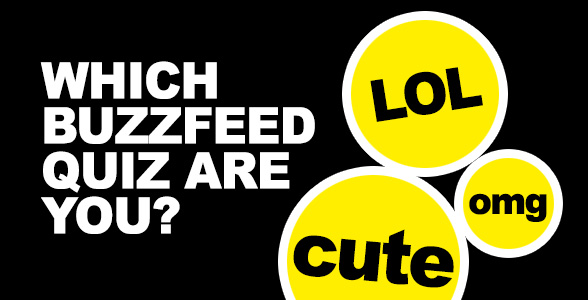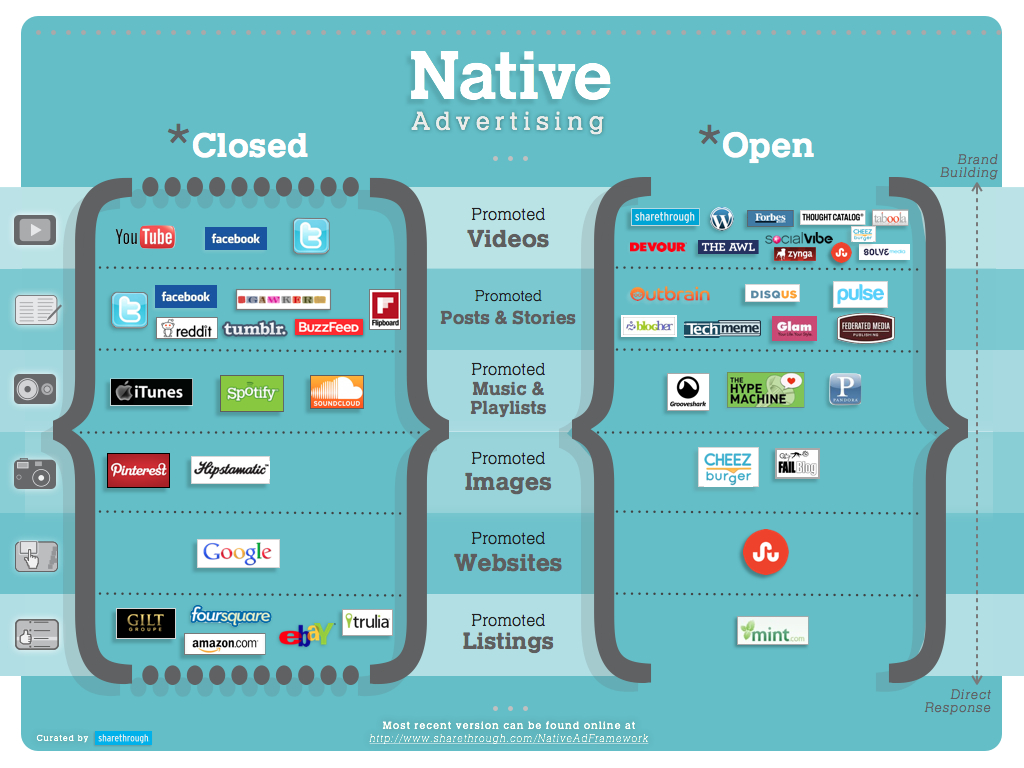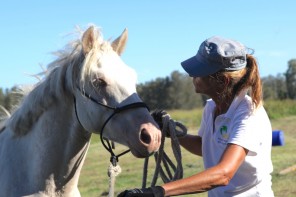Lucy Birchley, our social media commentator and respected ‘Netizen’ examines the Machiavellian marketing techniques behind the world’s biggest content juggernaut…
The Internet. Welcome to the online jungle where every website is fighting for your attention and only the most compelling content will win. Why? Because of money. That’s why.
There are a lot of websites out there that make great content – thousands of bloggers, news sites, commentators and online personalities – but none have the devoted audience or pulling power of Buzzfeed.
If you spend any time on the internet, and are aged between 10 and 35, you’ve probably taken at least one Buzzfeed quiz or glanced at one amusingly entitled article. (Although the word ‘article’ is probably gilding the lilly somewhat.) With over 200 million readers and an impressive YouTube presence, which in the last three years has swelled to 3.3 million subscribers, Buzzfeed is the online content juggernaut that is changing the way content is developed and consumed on the web.
But is this a good thing?
As an average Netizen (Internet Citizen) I rarely consider my viewing habits or what quirky/compelling headlines draw my attention. I’m too busy consuming videos entitled ‘10 Cutest Cat Moments’ or taking quizzes about ‘Which Disney Character are you?’ to notice.
To me, and I am sure most people, these kinds of content are a great way to procrastinate when I should be working on my next column, but little do we realise that every piece of content we consume is actually created, developed and crafted as part of a clever marketing tool.
Which brings us to Native Advertising. Never heard of it? Me either. (Actually I have, I just didn’t want you to feel left out.) Native Advertising is the latest marketing craze which basically is catch-all term for digital advertorial (when an advertisement looks like an article), search engine advertising (you know those ads on the side of Google) and promoted posts on social networks like Facebook and Twitter (and now Instagram – sigh).
A good example of Native Advertising is this video, ‘People Vaporize Alcohol For The First Time’ – https://www.youtube.com/watch?v=BSWryl-O2N8, which seems innocuous enough but is clearly a sponsored advertisement for Vapeshot which stands in the foreground of the video looking shiny and fun. As this video has the same look and feel as numerous other Buzzfeed videos you could be forgiven for not recognising it as the sponsored piece of content it clearly is. And these pieces of content are big money for producers, while I have no concrete figures, it is easy to imagine that a website like Buzzfeed could charge upwards of $50,000 to Vapeshot for this one video.
While Native Advertising as been around for a long time, Buzzfeed is one of many sites that have managed to make it merge seamlessly with its other unsponsored content. And while no amount of standing on the sideline pointing this out is going to change anyone’s viewing habits, certainly not mine, it is interesting to be aware of the tactics that are being used to make us buy more stuff.
If you would like to find out about the social media services Lucy Birchley offers go to: lucybirchley






